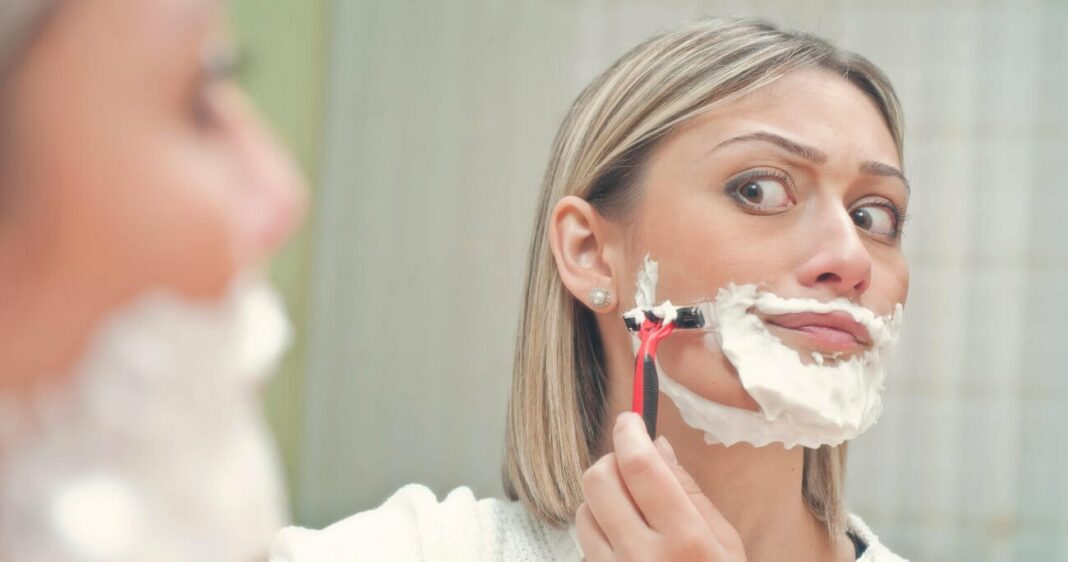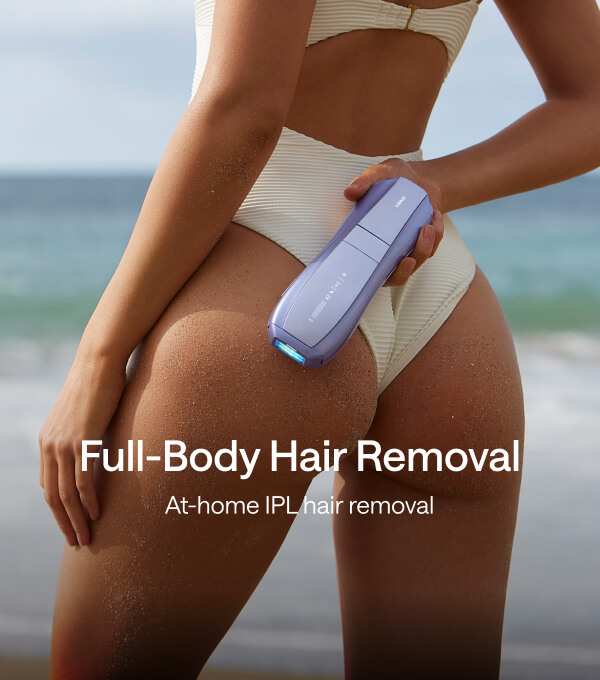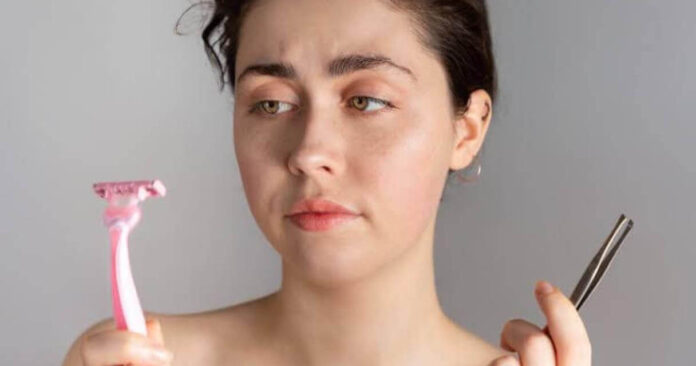You may have heard the quote, “The best foundation you can wear is glowing, healthy skin,” before now. And if you haven’t, well, thankfully, you just read that now. The skin on your face is the most sensitive part of your skin, thanks to the heavy presence of nerves in that area. However, one major complaint of women who go for dermatologist appointments over skin irritation is usually “after-shave facial irritation.”
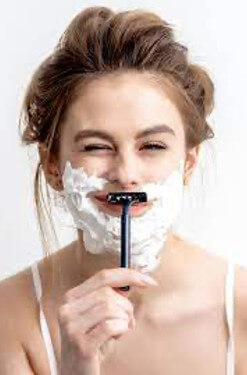
According to research, approximately 60-70% of women worldwide experience sensitive skin. Therefore, it is safe to say that one of the most common skin care challenges women mostly face is attributed to shaving. If you’ve ever wondered how to shave your face without irritating the skin and surrounding areas, then you may want to move a bit closer to your device, as this article would help elucidate it.
In this article, you will learn about after-shave facial irritations, what they mean, the causes of these facial irritations, and their treatment. Also, you would learn how to shave correctly to avoid irritating your skin using a hair removal product recommendation. In addition, you would also learn the best tips on how to maintain a healthy face-shaving lifestyle. And peradventure, you have had to deal with different skin irritation as a result of shaving your face wrongly, there’s something for you in the article as you would learn how to reverse the process using the simple procedure that would be highlighted in this article.
Without boring you with so much biological jargon, let’s dive right in!
What are after-shave facial irritations?
As its name connotes, after-shave facial irritations are the different types of skin irritations that may appear on your face due to dry shaving, aggressive shaving, using blunt blades, or an improper shaving technique. These irritations are of different types and can range from mild (in the form of a cut) appearing on the face to severe (in the form of a rash).
They are felt when inflammation occurs, sending signals to the nerves, which transmit them to the brain, which interprets them and sends back the signal you feel as pain or a burning sensation.
Too much to take in? well, let’s break it down a bit further!
When you shave, there may be an accidental cut that may be unnoticeable. Remember the opening paragraph, which explains why the face is the most sensitive due to the many nerves present? These nerves serve as a vehicle that transmits the information from the cut area to your brain. In turn, your brain processes this information and sends it back as a pain signal, which you then feel as a stimulus.
For most females, hair grows in the eyebrow areas, forehead, temples, ear, and areas under the chin. Hence, shaving usually occurs in these areas, making them prone to after-shave irritation.
Causes of after-shave irritation
- Razor burn or rash
- Razor bumps
- Folliculitis
Razor Burn (rash)
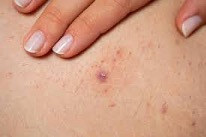
The most common cause of after-shave irritation is razor burn (rash), which is usually caused by using a blunt blade. You may begin to feel the burn almost immediately after you finish shaving, and it may last up to 10 minutes. The skin around the shaved area may feel itchy and appear swollen, red, and painful.
Razor bumps
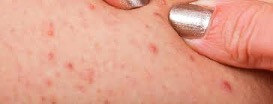
Razor bumps appear as a result of overly cut hair. Although more common in men than women, you are likely to be prone to razor bumps if the hair around your face is curly or bristly. The reason is that these types of hair when shaved, grow to a length that it can curve back into your skin as an ingrown which upon reaction with your skin, forms a bump.
Folliculitis
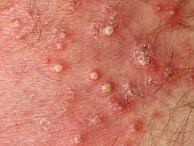
Folliculitis is a bacterial infection that occurs as a result of an inflamed, damaged, or blocked hair follicle. They appear as a pimple-like red rash, bump, or pus at the base of the hair follicle. This may lead to the affected area being itchy and sore. Whilst most cases of folliculitis are mild and would usually resolve within 7-10 days on its own, however, if infection lingers, be observant to notice any accompanying symptoms such as a high fever that may develop in addition to this infection.
How to stop irritation after shave
1.
Cold compress
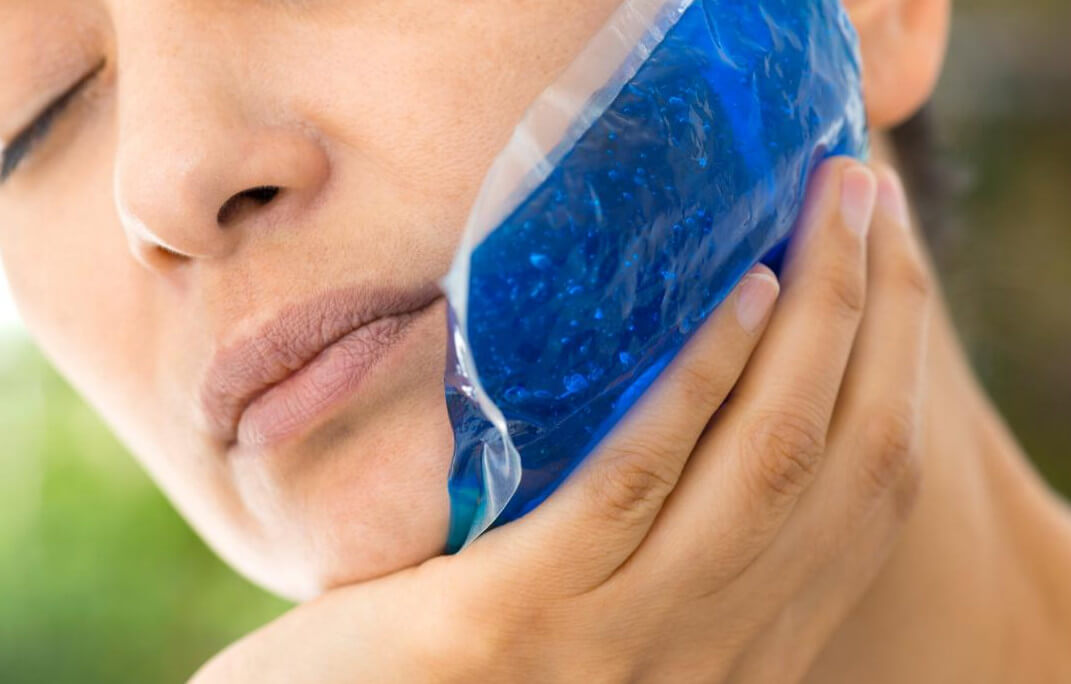
Inflammation occurring from razor cuts or burns can result in a burning sensation. To prevent this, you can apply a cold compress to help relieve that burning sensation.
2.
Avoid products containing harsh chemicals
In such a situation, be sure to avoid any products containing harsh chemicals such as paraben, formaldehyde, propylene glycol, polyethylene glycol, and alcohol. The reason is that these products leave your skin dry and flaky and as such causes more damage. Instead, you may substitute with a non-toxic product whose ingredients are made from natural plants that are not carcinogenic, and as such its effects are gentle on the skin.
3.
Speak with a trained medical practitioner
If you experience pain around the infected area due to an infection such as severe folliculitis that won’t resolve on its own, you should speak with your doctor. Your doctor will prescribe over-the-counter medications such as antibiotics and antifungal drugs to address the root cause of the problem. If you experience excessive itchiness, you may be placed on antihistamines to help relieve it. In addition, antibacterial soaps may also be recommended to help eliminate these infections.
Other best practices you could engage in to avoid facial irritation include the following;
-
Applying a shaving cream first before shaving:
if you are very prone to skin irritation, it would be in your best interest to first apply a shaving cream on the area you wish to shave before shaving. Doing this would help reduce your chances of having a cut or burn as the cream would serve as a protective layer between the blade and your skin. -
Shave softly:
pressing too hard while shaving will be too hard on your skin and may damage your skin. So, you want to avoid going in that direction. On the other side of the spectrum, you also want to avoid being too soft at it. So, finding a balance between these two extremes would make a huge difference. -
Avoid shaving too frequently:
many people are guilty of doing this. Understandably, you want to nurture your facial skin and make it appears as hairless as possible. However, in a bid to do so, you end up shaving almost every day. This is a wrong practice that you should do away with. A normal and healthy recommendation would be to shave 2 to 3 times a week. This would help the skin around the area to heal in case of any cut and be less susceptible to irritation.
Having taken you through what after-shave irritation means, the causes, and their remedies, the next section focuses on how you can go about shaving to avoid skin irritation. For simplicity, let’s call it the “
how-to
” section;
How to shave your face to avoid irritating your skin
Shaving is as easy as eating however, the technique you use is what makes the difference. This section is divided into three distinct phases that you can follow to shave your face and avoid irritating your skin;
I.
Pre-shaving (preparatory) phase
Whilst some might opt for non-comedogenic products, it is advisable to wash your face using lukewarm water to help remove oil debris. This is because water is a natural element that is void of any chemicals and so it can be trusted to do a perfect cleansing job. Non-comedogenic products, on the other hand, are made of synthetic chemicals that would cleanse your skin but dry it out in the process. Next, get a shaving cream, gel, or foam and apply it to the area you wish to shave. Consider your most sensitive areas, and be careful during application and shaving.
II.
Shaving phase
 During shaving, be sure to use a razor that is most suitable for your skin type. Don’t push too hard on your skin. Gently allow the razor to glide over and do the work. Also, observe the pattern and direction in which the hair in that area grows. This will help you maintain shaving consistency and reduce the chances of getting a razor cut or bump that results from an irregular shaving pattern.
During shaving, be sure to use a razor that is most suitable for your skin type. Don’t push too hard on your skin. Gently allow the razor to glide over and do the work. Also, observe the pattern and direction in which the hair in that area grows. This will help you maintain shaving consistency and reduce the chances of getting a razor cut or bump that results from an irregular shaving pattern.
However, if you cringe at the sight of sharp objects such as razors or electric trimmers, as an alternative, you can opt for the Ulike laser hair removal device, which eliminates the chances of getting a cut or burn and gives you a quick and nearly painless shaving experience in under few minutes. The glide mode is totally automatic and thumb-free, and you will notice a massive desirable result in just 2 weeks. In addition, you enjoy free shipping and a $100 discount when you buy 2 of these products. The Ulike device sells for $399, which may appear pricey, but it’s worth it considering its benefits. So, it’s a win-win.
III.
Post-shaving (treatment) phase
After shaving, your skin may feel dry, especially if it is very sensitive. In this case, you may want to incorporate using a moisturizer suited for your skin type. If you are unsure about your type of skin, ensure you check in with your dermatologist or skincare expert to know which moisturizer would be best for you.
Finally, for you who have had to deal with different skin irritations as a result of shaving your face wrongly and are perplexed about what to do or how to reverse it, this next section is dedicated to you;
How to soothe after-shave facial-skin irritation
If you’ve ever doubted if your skin could return to the usual flawless skin you once had before shaving, then you may want to pay more attention to this part of the article.
What if I told you that all it takes to reverse that after-shave facial skin irritation you battled long before now is only one simple phrase? That took you by surprise, right? Well, it is so simple –
soothe your skin!
Soothing your skin after shaving would help moisturize and heal your irritated skin as well as rejuvenate it. There are several options to pick from, some of which include aloe Vera, apple cider vinegar, witch hazel extract, and water-based tea tee oil mixture. You can take it a step further by consulting a doctor who may prescribe an over-the-counter drug to speed up the healing process.
You’ve come this far with reading up to this point and you deserve some tip. As a bonus point, we reserved some of the best tips for you:
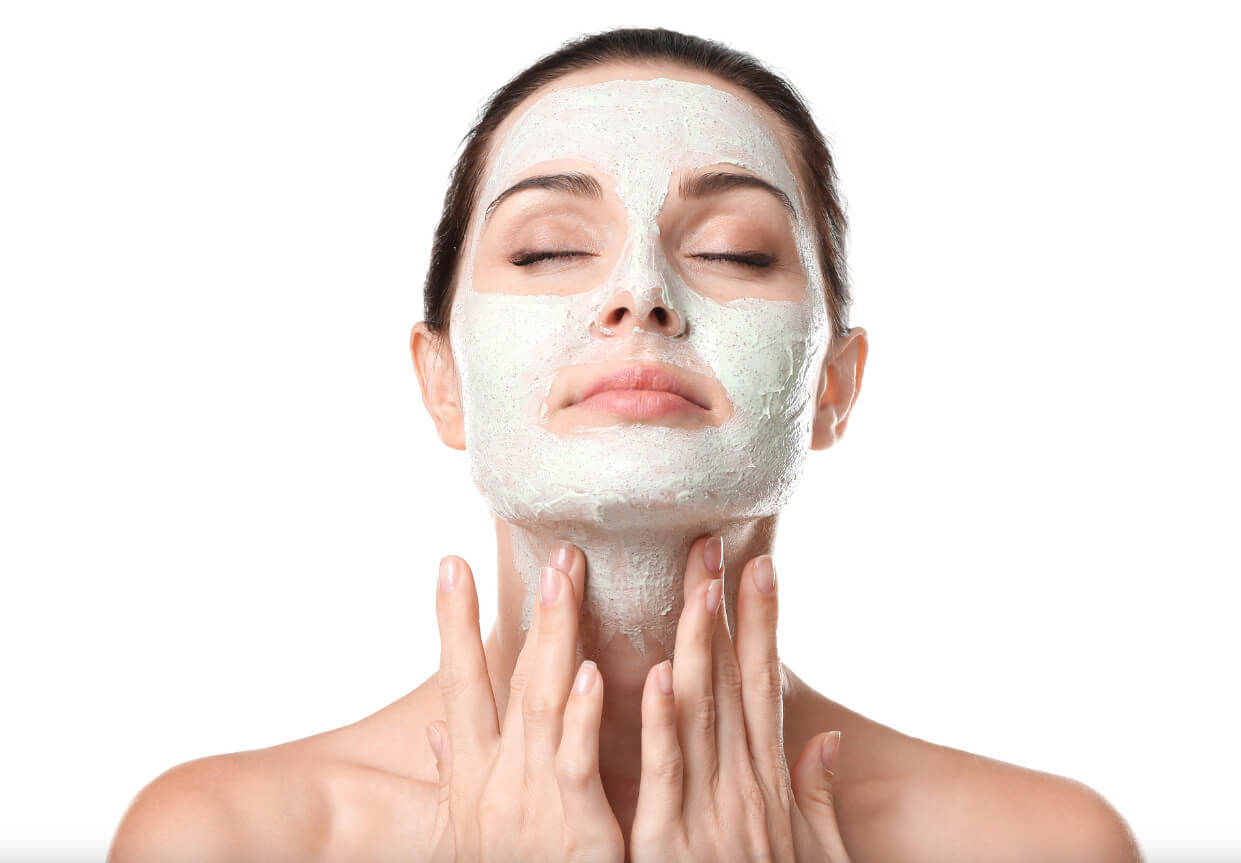
#Bonus: best tips on how to maintain a healthy face-shaving lifestyle
- Wash your face with lukewarm water
- Make it a habit to exfoliate
- Keep your face moisturized always
- Gently massage areas of the face that you shave often
- Use only natural and hydrating products
- Avoid picking, pulling, touching, or scratching your facial hair.
On the whole, shaving is a hygienic practice that should be incorporated into our skincare routine if you want to maintain flawless skin. However, if proper care is not taken, shaving can damage your skin and irritate it. Bearing this in mind, you want to be sure that you are doing everything humanly and cosmetically possible to avoid irritating the skin around your face when you shave. Incorporating the above-listed shaving practices into your skincare routine, most especially using the Ulike device is the best way to get you out of that rabbit hole that is leading to skin irritation. Remember, having beautiful skin is not a miracle but requires commitment. Take the lessons, play your part, and stay flawless.

 By ULIKEBEAUTY
By ULIKEBEAUTY
